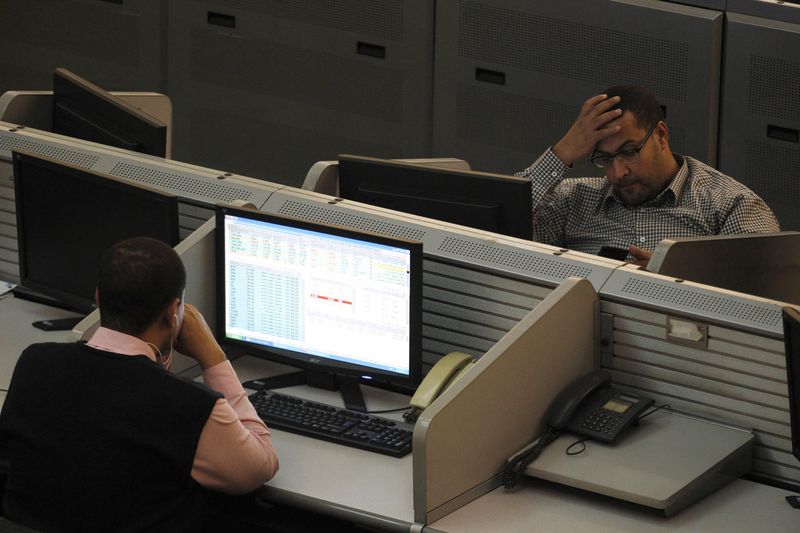Here is what you need to know on Tuesday, January 30:
Markets remain cautious early Tuesday amid headlines surrounding the Chinese property crisis and escalating geopolitical tensions. Fourth-quarter Gross Domestic Product (GDP) growth figures from Germany and the Eurozone will be watched closely by investors. Later in the day, the Conference Board will publish the US Consumer Confidence Index data for January and the Bureau of Labor Statistics will release JOLTS Job Openings report for December.
The US Dollar Index climbed toward 104.00 on Monday but lost its traction in the late American session. The upbeat performance of technology stocks allowed Nasdaq Composite to gain more than 1% on the day and made it difficult for the US Dollar (USD) to preserve its strength. Meanwhile, the benchmark 10-year US Treasury bond yield declined below 4.1%, putting additional weight on the USD’s shoulders.
Early Tuesday, major equity indexes in Asia came under heavy bearish pressure following Monday’s reports of Hong Kong’s High Court ordering the liquidation of Evergrande Group. At the time of press, Hong Kong’s Hang Seng Index was down 2% on the day and the Shanghai Composite was losing more than 0.5%.
In the meantime, CNN reported that US President Joe Biden’s response to Sunday’s deadly attack on a US military is likely to be more powerful than previous retaliatory actions. Biden is expected to authorize a military action but experts grow increasingly concerned over a deepening conflict in the region. In the European session on Tuesday, US stock index futures trade marginally lower on the day.
US Dollar price this week
The table below shows the percentage change of US Dollar (USD) against listed major currencies this week. US Dollar was the strongest against the Euro.
| USD | EUR | GBP | CAD | AUD | JPY | NZD | CHF | |
| USD | 0.24% | -0.03% | -0.35% | -0.55% | -0.55% | -0.77% | -0.28% | |
| EUR | -0.24% | -0.25% | -0.57% | -0.76% | -0.76% | -1.00% | -0.51% | |
| GBP | 0.01% | 0.26% | -0.33% | -0.53% | -0.51% | -0.75% | -0.27% | |
| CAD | 0.34% | 0.57% | 0.31% | -0.21% | -0.19% | -0.42% | 0.06% | |
| AUD | 0.55% | 0.75% | 0.50% | 0.19% | 0.00% | -0.23% | 0.25% | |
| JPY | 0.54% | 0.75% | 0.64% | 0.19% | 0.00% | -0.25% | 0.25% | |
| NZD | 0.76% | 1.01% | 0.74% | 0.41% | 0.22% | 0.22% | 0.48% | |
| CHF | 0.27% | 0.50% | 0.25% | -0.07% | -0.25% | -0.25% | -0.48% |
The heat map shows percentage changes of major currencies against each other. The base currency is picked from the left column, while the quote currency is picked from the top row. For example, if you pick the Euro from the left column and move along the horizontal line to the Japanese Yen, the percentage change displayed in the box will represent EUR (base)/JPY (quote).
EUR/USD dropped below 1.0800 for the first time in over a month on Monday but managed to stage a technical correction. Early Tuesday, the pair holds steady above 1.0800. The German economy is forecast to shrink at an annual rate of 0.2% in the fourth quarter and the Eurozone economy is expected to stagnate in the same period.
GBP/USD edged lower on Monday but didn’t have a difficult time limiting its losses. The pair continues to move sideways at around 1.2700 on Tuesday.
Japan’s Prime Minister Fumio Kishida told parliament on Tuesday that they will do everything possible to bolster household income and added that wage hikes are an urgent issue for his administration. USD/JPY closed in negative territory on Monday and declined below 147.50 early Tuesday.
The data from Australia showed that Retail Sales declined by 2.7% on a monthly basis in December following the 2% increase recorded in November. AUD/USD edged higher in the Asian session despite the disappointing data and was last seen trading above 0.6600.
Gold benefited from retreating US yields and escalating geopolitical tensions on Monday and rose more than 0.5% on a daily basis. XAU/USD holds steady slightly above $2,030 early Tuesday.



